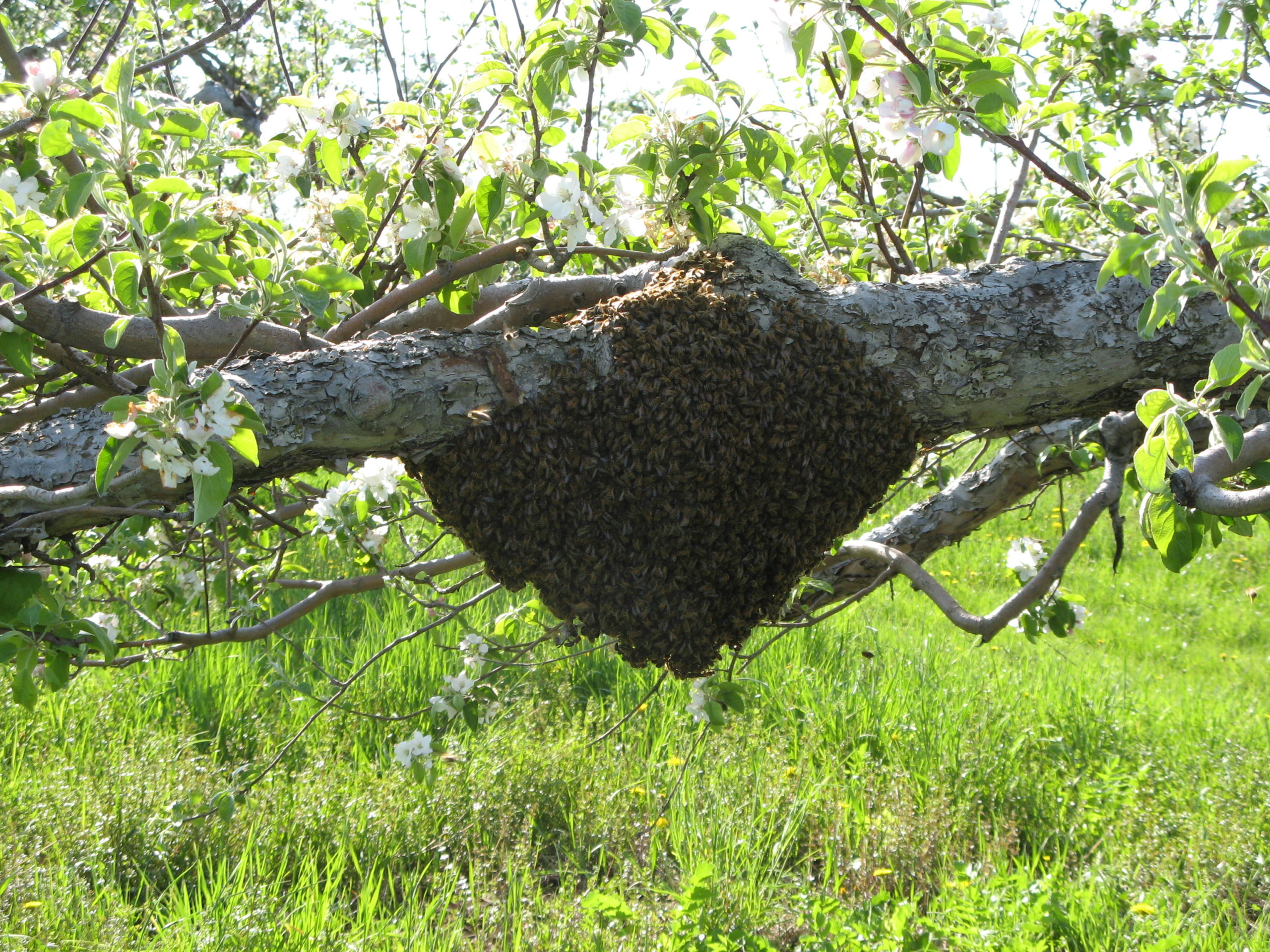
Mar 19, 2020
Pollen Nation: Points to ponder when renting bees for organic crops
Back in the day, each farm would keep a few beehives to help ensure proper pollination of their crops. Adequate pollination is critical for maximizing the quantity of a crop and ensuring the best quality, as poor pollination results in crops of fruits, nuts, seeds, berries and vegetables that tend to be smaller and often misshapen compared to the well-pollinated crops that markets demand.
Between the large size of today’s farms and the severe population declines that our natural pollinators have suffered in recent decades, many farmers today must contract with beekeepers to truck in honeybees to ensure their crops are well pollinated. As a result, crop pollination by migratory beekeepers is the largest source of income within the beekeeping industry while adding between $15 and $20 billion in economic value to agriculture each year.
National Organic Program Challenge
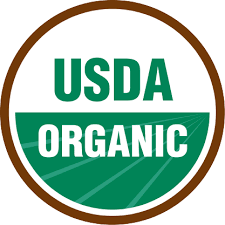
As an organic grower, your natural instinct might be to want to contract with an organic beekeeper for pollination services. Unfortunately, unless your farming in Hawaii, certified organic beekeepers are few and far between. This is mostly because bees will typically forage an average of about three miles (4.8 km) in every direction and there is not yet enough land in organic production to act as a buffer between organically managed bees and the chemically treated crops that may compromise the organic integrity of the hives.
It is this inability of beekeepers to control where their bees forage that has prevented the National Organic Program (NOP) from finalizing organic beekeeping standards, despite the National Organic Standards Board releasing organic beekeeping recommendations in 2010. This means that the official USDA organic standards are silent on organic beekeeping and the issue of how bees used for pollination of organic crops are managed. For instance, honeybees from different colonies are known to drift between hives, and this results in co-mingling of bees that are organically and chemically managed.
Should organic farms and orchards be required to use certified organic bees for pollination? Such a requirement might make sense when we look at the established precedents that have already been set throughout the organic regulatory process. Non-organic ingredients may not be used in products labeled as organic, or 100% organic for example, if an organic option is available, and synthetic inputs are allowed only if they appear on the national list of approved and regulated synthetics. Unfortunately, growers are given little guidance on what it means when blossoms on organic plants are pollinated by bees that have been exposed to chemicals prohibited in organic agriculture.
Just because certified organic beekeepers are as rare as two bumper crop years in a row, does not mean you cannot be discerning in choosing an apiculturist. While it is difficult for beekeepers to locate hives approximately 2 miles from any crops treated with synthetic pesticides or fertilizers, the number of beekeepers that are able to manage their colonies without using synthetic chemicals to control hive pests or antibiotics to control diseases has grown tremendously in the last decade. Rather than use the synthetic pesticides Apivar, Checkmite+, or Apistan, beekeepers managing varroa mites in beehives using formic or oxalic acid, essential oils or the herbal product Hopguard (derived from hops) are common. Ask your pollination service provider what they use to control mites and diseases and decide for yourself if you’re comfortable with their approach.
Contract or handshake?
It is wise to contact a beekeeper well in advance to arrange for pollination services since there is a lot of work to do to get hives ready to pollinate crops. Depending on your style and philosophy, you may be comfortable with a verbal contract and a handshake, or you may want a signed written contract. Different beekeepers have different approaches, although the smaller beekeepers tend toward the handshake approach, while the larger migratory operations are more likely to rely on contracts, especially if they are working through a broker.
Hive rental fees typically range anywhere from a low of around $45, to a high of $200 per hive. Costs will vary based on the type of crop being pollinated, the number of hives needed, the distance that the beekeeper must travel, the price of fuel, and general honeybee availability.
Hive Strength
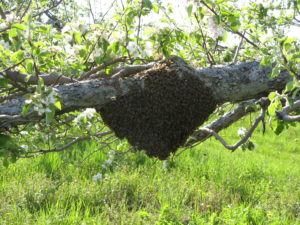
Photos: Ross Conrad
A detail that is often spelled out in a contract whether verbal or written, is the strength of the colonies delivered for pollination. Hive strength is usually measured by the number of brood combs covered with bees. Depending on the time of year and crop being pollinated, a satisfactory hive ready for pollination may contain anywhere from six-to-eight frames of brood and bees per hive (6 frames of bees is close to 15,000 bees). Some growers will hire an inspector to spot check colonies and confirm that hives are up to strength. One way to estimate the strength of hives rented for pollination is to observe the bees entering the rental hives for one minute during mid-afternoon on a warm sunny day (65 ° F/18.3 ° C) with light winds. In spring, if you count at least one bee entering the hive each second, that hive is good and strong. Later in the summer the number of bees entering a strong hive should rise to around 100 bees per minute. Fewer bees per second suggests problems. If you have reason to suspect colonies are not strong enough, don’t be afraid to ask the beekeeper to open some hives at random during favorable weather, to confirm colony strength. Under no circumstances, however, should a grower attempt to conduct in-hive inspections without the beekeeper’s permission.
How many hives do I need?
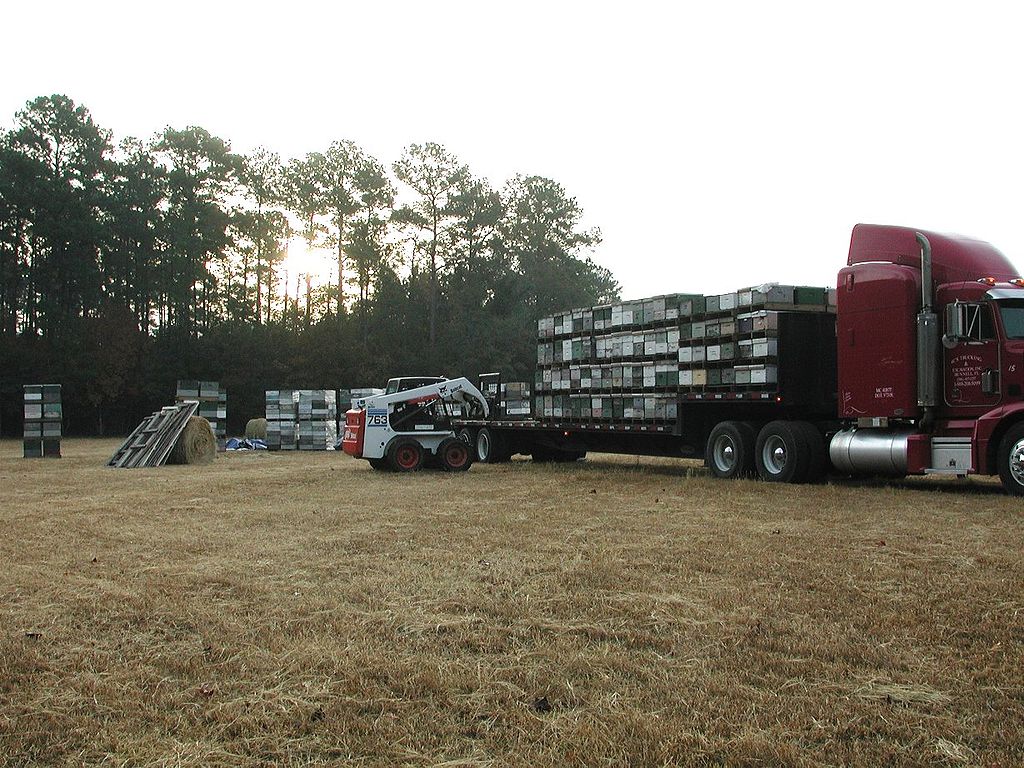
This is a difficult question to answer as it will depend on many factors such as: bloom periods, bloom density, bloom attractiveness, blossom structure, competing blooms, weather conditions, and hive status. While one hive per acre is typically enough for most crops, those growing high-value crops or those in challenging climates may want to go with more hives per acre to ensure that the fruit or nut set will be high. This is because bees are less inclined to emerge from their hives when the temperatures drop below 50 degrees Fahrenheit (10 ° C), when winds blow faster than 20-25 mph (32-40 kph) , or when it is raining. This is why many growers have historically preferred to rent at least two hives per acre. If the weather works against them, the sheer number of bees pollinating on the few good days are often enough to make up for the lost time. Blueberries are the exception as research suggests that during favorable weather increases in yield don’t drop off until concentrations approaching nine hives per acre are realized.
Managing Hive Delivery
During inclement weather, bees will tend not to stray too far from the hive. Thus, another way to compensate for poor weather and help ensure a good fruit set is to spread out the hives across the acres to be pollinated. Please resist the temptation to place a hive or two here and a hive or two there. Drops of about six or twelve hives every quarter mile or so, should adequately address the need to spread out colonies while not making the drops unnecessarily burdensome for the beekeeper.
In order not to leave behind foraging bees in the field, hives are moved early in the morning before the sun is up, or in the evening after dark when all the bees are in the hive. Beekeepers greatly appreciate it when the grower provides a map of the drop sites ahead of time. They will also appreciate it if you keep drop sites next to the roadway, flag the drop sites so they are easy to locate and leave pallets out so hives do not have to sit on the cold, wet ground.
Avoid pesticide use during pollination
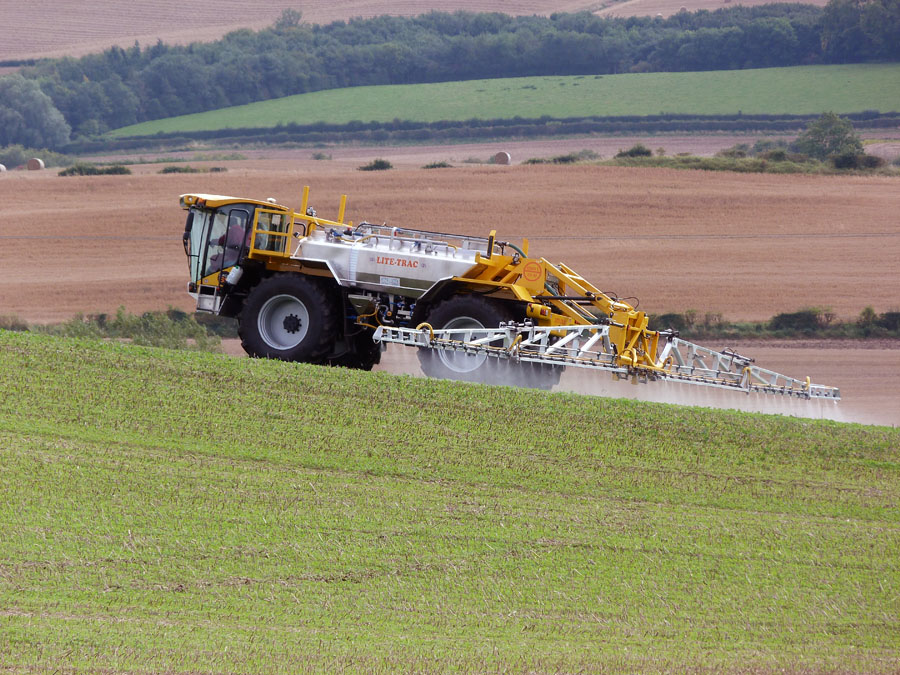
Once the bees are delivered, growers should not apply any pesticides. It used to be that while it was acknowledged that insecticides were potentially harmful to bees, herbicides and fungicides were considered safe for them. Recent research showing that many herbicides and fungicides are actually harmful to these magnificent pollinators is stacking up like cordwood. This applies even to the organically approved pesticides that are typically less toxic and not as persistent in the environment. So please be sure to finish any pesticide applications well before the bees are delivered, and schedule removal of the hives so they are gone before applications resume. Close and clear communication with your pollination provider is critical for preventing misunderstandings.
Given the large expenses involved in agriculture for seed and rootstock, fuel, labor, equipment, fertilizers, and pest control, the cost of bees to ensure adequate pollination is relatively small, but without good pollination, all the rest of one’s efforts may add up to naught. Since most crops benefit from a variety of insect pollinators, nurturing wild pollinator populations in and around the farm is wise. To rely on a single pollinator for all our pollinator needs is financially and environmentally risky. Today’s beekeepers can help fill the current pollination gap, while the work of building and nurturing populations of native pollinators for future farm resilience is carried on. Rental of honeybees is not so much a guarantee of crop success, as insurance against crop failure.






